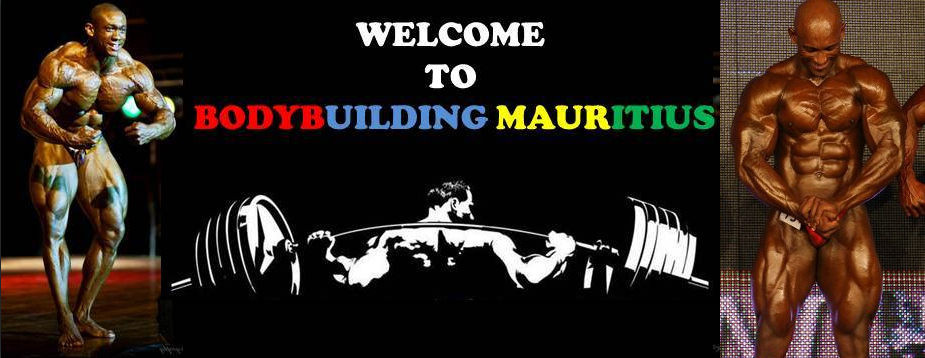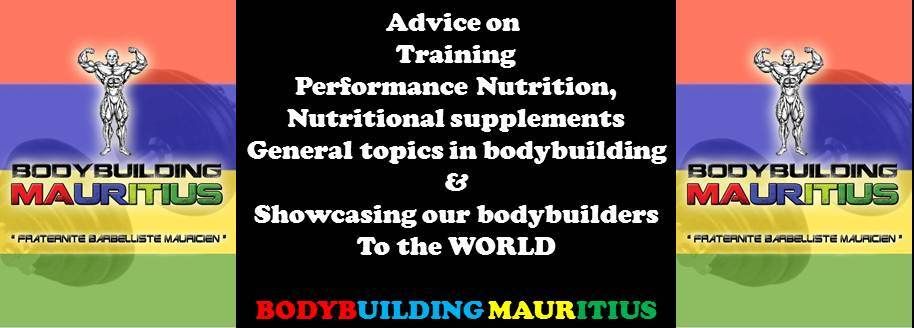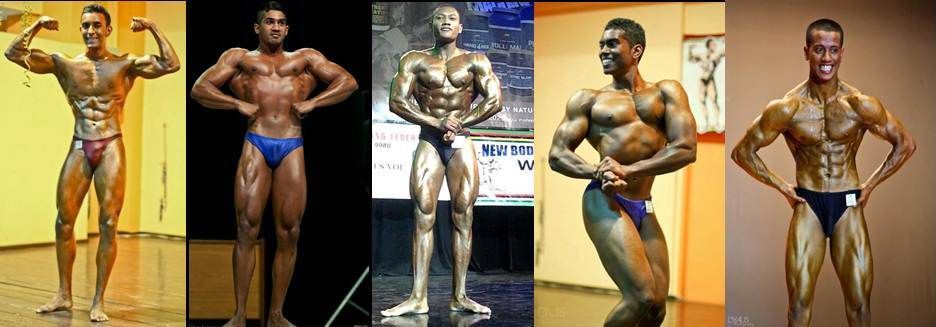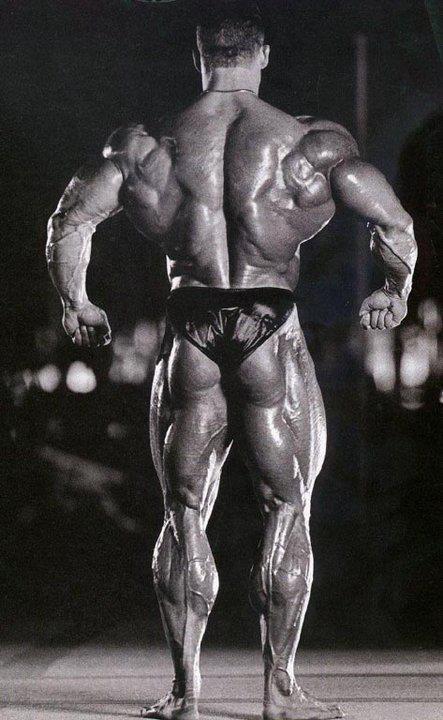Incredible
Deltoid Thickness
By
Larry Scott
Article courtesy of www.ditillo.blogspot.com
(Mr. Anthony Ditillo)
These
routines are designed for those who are past the beginning stage and now have
the knowledge, experience and understanding to recognize the vernacular of the
terrain in which we will travel. I will not spend a lot of time on beginning
concepts but will jump right into the real heart of advanced delt training.
Remember
to listen to your body as it gives you feedback. You may find some of the sets
and reps not quite to your satisfaction. If this is the case, feel free to
change them whenever necessary. Don't change just because it's hard, however.
Delt work is not easy.
Some
Comments
The
goal of most bodybuilders is to build shoulders of really massive proportions.
They don't care how, just as long as those shoulders stun the average person
with their barn-door width.
Unfortunately,
this is just about all the average bodybuilder knows about the deltoids. Most
are completely unaware of the three heads of the deltoid and how to develop
each one. They are:
1.)
The Anterior, or frontal head.
2.)
The Lateral, or side deltoid.
3.)
The Posterior, or rear deltoid.
The
lateral is the most popular deltoid head, as it is the one that contributes the
most to shoulder width. Steve Reeves was one of the leading proponents of
developing this muscle, and it was really a sight to see him working them. He
used to do Incline Seated Laterals until the area fairly burst with blood!
Although
the lateral head of the deltoid is the most popular of the three, it is not the
one worked the most - the anterior (front) head gets that honor. Sounds rather
confusing doesn't it? Well, the answer lies in both the fact that Dips,
Presses, and Bench Presses work the anterior head very strongly, and also the
fact that most bodybuilders simply use improper form in doing their lateral
deltoid work.
Finally,
we come to the posterior (rear) deltoid. This poor fellow hardly gets any work
at all. It's just left to fend for itself, growing through auxiliary exercises
alone. If Nature was quick to do away with dis-used bodyparts, the posterior
deltoid would soon atrophy into non-existence.
Yet
this lowly muscle is extremely important in developing depth in the shoulder
region, for without it the shoulder will appear flat from the side. It appears
flat because that's just exactly what it is - flat.
We
have a saying around Vince's Gym. "Sure, he looks good from the front but
is he a surfboard?" You've all seen surfboards or pictures of them. They
are wide and very, very flat. A "surfboard" bodybuilder is just the
same -- wide but flat. They have no posterior deltoids at all. If you want this
thin and round-shouldered appearance - OK. But if you want the well-rounded
look of a champion, then posterior deltoid work is a real must.
The
trouble encountered in deltoid work is complex and requires a real study of the
movement of each individual head of the deltoid throughout an exercise motion.
As mentioned before, the anterior deltoid is usually worked while the trainee
is allegedly bombing his lateral deltoid head. The reason for this is the
position of the elbows. It takes only a slight shift in their angle to transfer
the stress of the exercise to the wrong deltoid head.
To
help correct this, you should remove your training shirt and watch the movement
of the muscle as you are working it. This is one time to really be a mirror
athlete. Use that mirror to watch the three heads and make doubly sure you are
properly working the muscle.
There
are many problems such as this in your deltoid training and in my exercise
routines I've endeavored to solve as many of these problems as I possibly can.
That is why I urge you to follow exactly as I explain all the exercise
movements in the routines. Probably one of the reasons why deltoid work is so
popular is the difficulty in obtaining good deltoids. It's the old law of
supply and demand; the harder it is to get, the greater the value.
ROUTINE
#1
Down
the Rack Bentover Laterals
Down
the Rack Dumbbell Presses
Down
the Rack Side Lateral Raises
I
have used all four of these routines many times including combinations or each.
I am currently, as of this writing, using Routine #2, but Routine #1 is
probably my favorite. A person will go stale on any exercises, no matter how
result-producing them might be for a time, and it's necessary to keep the
routines in a state of flux to avoid poor return on effort expended.
I
have started this routine out with Bentover Lateral Raises as this movement has
the arm hanging from the shoulder socket in such a way as to cause the least
trauma to the shoulder joint area. I find this approach keeps from injuring my
shoulder which is much better than starting out with presses, as I did for so
many years.
Look
closely at how I have my head resting on the dumbbell rack via the padded
towel. This takes all the strain off my lower back and allows me to really
grind out the extra burn reps.
Warm
Up
I
would suggest starting with a light set of dumbbells and doing about 10 reps,
then immediately increasing the weight by going to the next heavy set of
dumbbells. Do this set of 10 reps, and repeat with a heavier set. Three sets
should be adequate to warm up. If the shoulders are still stiff and cold, do a
few more sets until the shoulder area is warm and you are beginning to feel the
glow of a good beginning pump.
Exercise
#1 - Bentover Lateral Raise
Sets
and Reps: Start with the heaviest set of dumbbells you can handle for 8 reps.
You can rest your head on the rack or just bend over. To get the best rhythm,
let one dumbbell come in higher than the other. This will keep the dumbbells
from banging together on the bottom of the movement. Start heavy and work down
the rack in 10-lb. jumps with little or no rest between sets.
Do
about 5-6 sets of 8 reps. I like a 5-lb. drop in dumbbells to keep me from
using the light dumbbells which give a "false pump." Burns:
After having completed each set of 8 reps, lift the dumbbells as you see me
doing in the photo. It's very similar to the bentover rowing motion and will
give you a terrific burn in the rear deltoid. Do about 4 burns after each 8-rep
set.
Exercise
#2 - Down the Rack Dumbbell Press, Standing
This
is the real granddaddy of all deltoid movements. It has a few weak points, but
in the proper situation, it's the real key to building good, thick deltoids.
The
two areas one has to be careful about are as follows: The deltoids must be
warmed up completely before using any heavy weight on this movement. It's easy
to injure the deltoid or actually the joint area, and it takes months for a
sore shoulder to heal completely. The second weakness of standing dumbbell
presses is the tendency to build frontal or anterior deltoid out of proportion
to the other deltoid heads. If these two negatives can be successfully
overcome, you are in for a pleasant surprise on deltoids.
Be
sure to warm up properly by working up the rack. First,
to overcome the tendency to overwork frontal deltoids , we are going to employ
a few tricks you may not have heard of. I know you will not be as strong, but
remember, it's the side and rear deltoids we want to take care of. The frontal
deltoid will take care of itself.
Stand
about 4 inches away from the rack and lean off-balance into the rack. Now press
the dumbbells so that you are trying to touch your elbows together somewhere up
and behind your head. You, of course, can't actually accomplish this feat but
it gives you a plane of movement I want you to concentrate on. The dumbbells
are not pressed all the way up nor do they get lowered all the way down. A
movement employing the middle 3/5 of the motion is correct.
You
see, the top 1/5 is purely triceps and begins to cause one to lean back and
thus we get lower back injuries. The bottom 1/5 is almost all traps and the
deltoids actually rest. Yes, it's the middle 3/5 we are after to really stress
the delts.
Sets
and Reps: After having thoroughly warmed up, start with the heaviest set of
dumbbells which you can use for 6 good reps. The first set should be tough.
Continue on down the rack for about 6 sets. Try to minimize your rest whenever
possible.
Exercise
#3 - Side Lateral Raise
This
is the one of the most difficult of all exercises to do correctly. Everyone
tries to use too much weight at first and the frontal deltoid takes over and
destroys the proper movement.
The
legs are slightly bent. The dumbbells are held firmly with the little finger
side of the hand against the plates. The dumbbells are raised to the side and
just at the top of the movement, the shoulders drop a few inches and the
dumbbells "drop a little water."
I
further explain; let me suggest you imagine the dumbbells are full of water. At
the beginning of the movement, the dumbbells are held so no water runs out the
front end; but right at the top, a little water is dumped just as the shoulders
dip.
ROUTINE
#2
Exercise
#1 - Head Resting on Preacher Bench Bentover Lateral Raise
This
is very similar to the Bentover Lateral Raise in Routine #1 but I use the
Preacher Bench rather than the dumbbell rack because I can get a better
movement on the dumbbells and the padding is more comfortable. Also I can
adjust the Preacher Bench to whatever height I want but the rack is fixed.
Sets
and Reps: After warming up do 4-6 sets of decreasing weight sets with no rest
between sets. Do about 10 reps per set. Remember, start with the heaviest set
of dumbbells you can use.
Exercise
#2 - Seated Dumbbell Press
I
am using the Preacher Bench here as my back rest to keep the stress on the side
lat deltoid head as much as possible. It's excellent for this purpose.
This
movement is not as good as standing dumbbell presses because I can't lean
forward into the rack. Consequently, the frontal deltoid head gets a little
extra work on this movement. I can, however, press the dumbbells higher on this
exercise and get a good deep burn because of the excellent support I have for
the lower back. That's why I like to use this exercise periodically.
Sets
and Reps: Do 5-6 sets of 8 reps with 2-3 burns at the top of each set. Work
down in weight minimizing your rest between sets when possible.
Exercise
#3 - One Arm Side Lateral Raise
Normally,
I would not recommend doing any movement which includes using only one arm at a
time, but sometimes it's fun to throw out all the rules and do something that
just feels different.
Try
to really resist and hold the dumbbell from dropping. You won't be able to use
much weight on this exercise, but it's great for building the side deltoid or,
more succinctly, building wider shoulders.
Sets
and Reps: Because one arm rests while the other works, you won't need to drop
the weight from set to set. Just keep right on using the same weight for 4-5
sets of 10-12 reps. No rest at all between sets.
ROUTINE
#3
Exercise
#1 - Bentover Lateral Raise and Robby Lift
Done
exactly as illustrated in Routine #1, Exercise #1.
The
Robby Lift is the same as burns. I picked up this idea from Robby Robinson.
Sets
and Reps: 5-6 sets of 8 reps with 4 burns after each 8 rep set.
Exercise
#2 - Down the Rack Dumbbell Press (Cycling)
Done
just like the dumbbell presses in Routine #1 but with an interesting variation.
It
seems the deltoids are masters of disguise as are many of the muscle groups.
The deltoids, however, are most worthy of this title. As one starts down the
rack, the shoulders protest and scream from all the pain. Even as the weights
get lighter and lighter, the shoulders still continue their protest. Based on
the pain, one would be convinced the deltoids are truly working at maximum
capacity. It's not true. As you move down the rack to the lighter dumbbells,
the shoulders are recuperating and could handle heavier weights, even though
the light dumbbells are still causing pain.
CYCLING
DOWN THE RACK rips the disguise off the deltoids and exposes their true
ability.
Assume
one started with 80-lb. dumbbells -- decreasing to 70's, then 65's, then 60's.
Rather than dropping down to the 55's for the next set, jump back up to the
70's. You will be surprised at the power reserve you will find. Continue on
down the rack in this fashion.
Let
me give an example of a typical cycle down the rack:
80-70-65-60-70-65-60-55-65-60-55-50.
Sets
and Reps: Do 6 reps per set and cycle down over about 12 sets.
Exercise
#3 - Pulley Side Lateral
Done
just as shown. Fantastic for building the side deltoid. Remember, don't lean
back. If anything, lean forward so the rear deltoid will help rather than the
frontal delt.
Sets
and Reps: Do about 6-7 sets of 10-12 reps.
ROUTINE
#4
This
routine is a rather artsy program which is fun to remove the boredom of weight
lifting. Although it's good for variation, it probably won't last as long
between stales as the three previous routines.
Exercise
#1 - Seated Press Behind Neck
Done
in the standard fashion, excellent for building deltoid power and massive
frontal delts.
Sets
and Reps: Warm up first. Do 6-8 sets of 8 reps using as heavy a weight as
possible.
Exercise
#2 - Spider Bench Bentover Lateral Raise
A
very restricted movement which builds rear deltoids and also fills in Teres
Major, Rhomboids, and Trapezius. Because of the very strict movement, you won't
be able to use much weight.
Sets
and Reps: 4 sets of decreasing weight sets - no rest between sets. Do about 8
reps per set.
Exercise
#3 - Incline Bench Side Lateral Raise
Here's
one Steve Reeves thought was terrific. He certainly had the shoulders to prove
it works. Really concentrate on the side deltoid head building and growing.
Sets
and Reps: Do 4-5 sets of 8-10 reps per set.
CONCLUSION
You
have four excellent routines to pick from. I personally have always loved
shoulder work. Being somewhat narrow by nature, I have been required to work
especially hard on my shoulders. These routines are products of many years of
experimentation and they will make you grow.
If
they seem a little too hard, back off on some of the sets and ease into the
schedule as I have outlined. I think you will find some real pleasure in the
results you get from these routines.
Don't
forget your nutrition. Remember, you can't build a brick wall with just
workmen. You must have bricks.
Enjoy
your workout!



















































